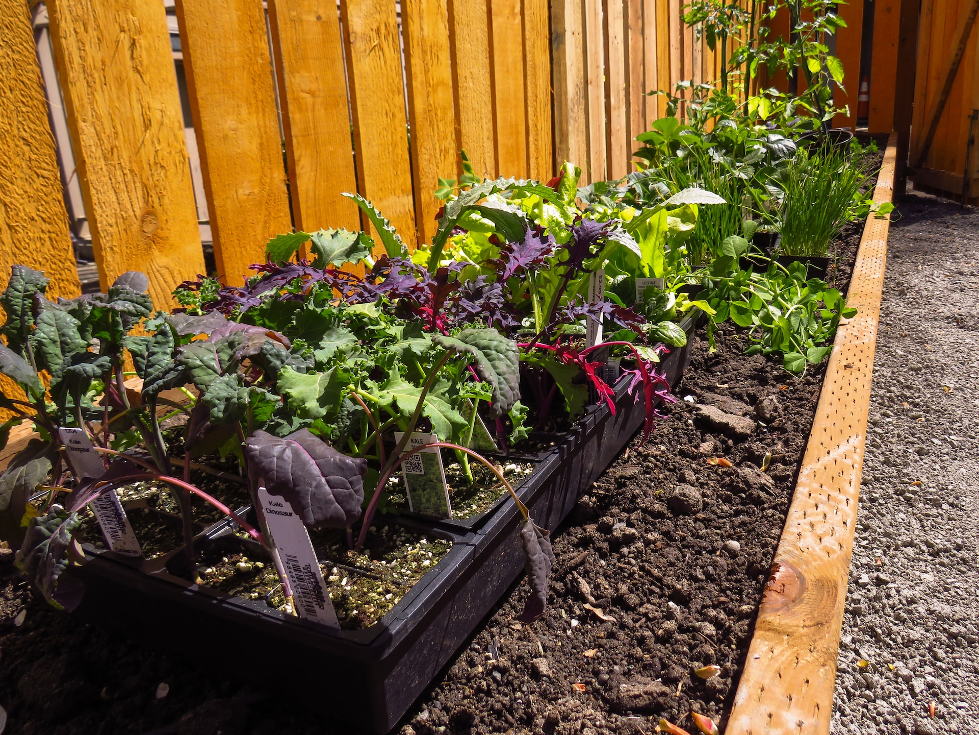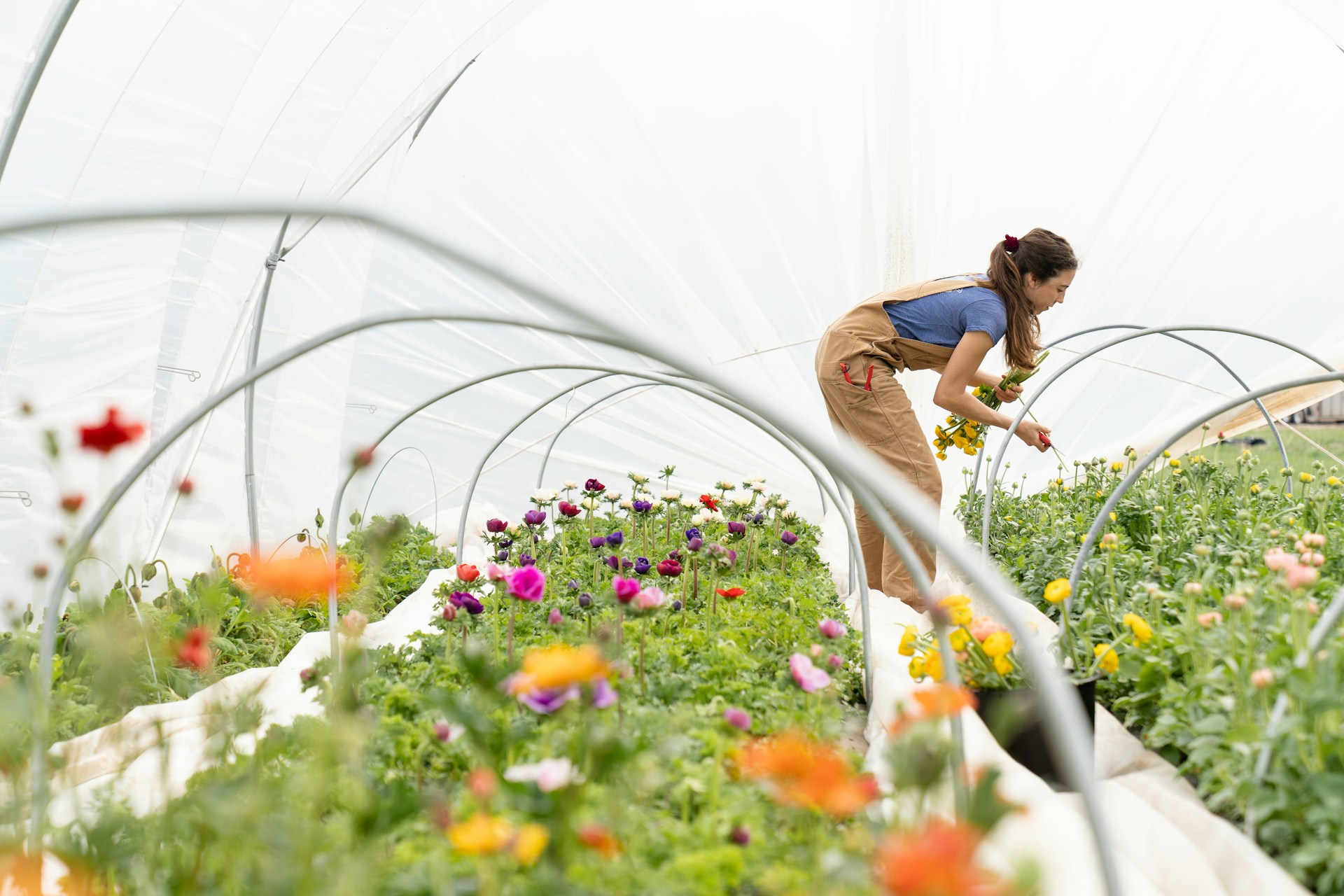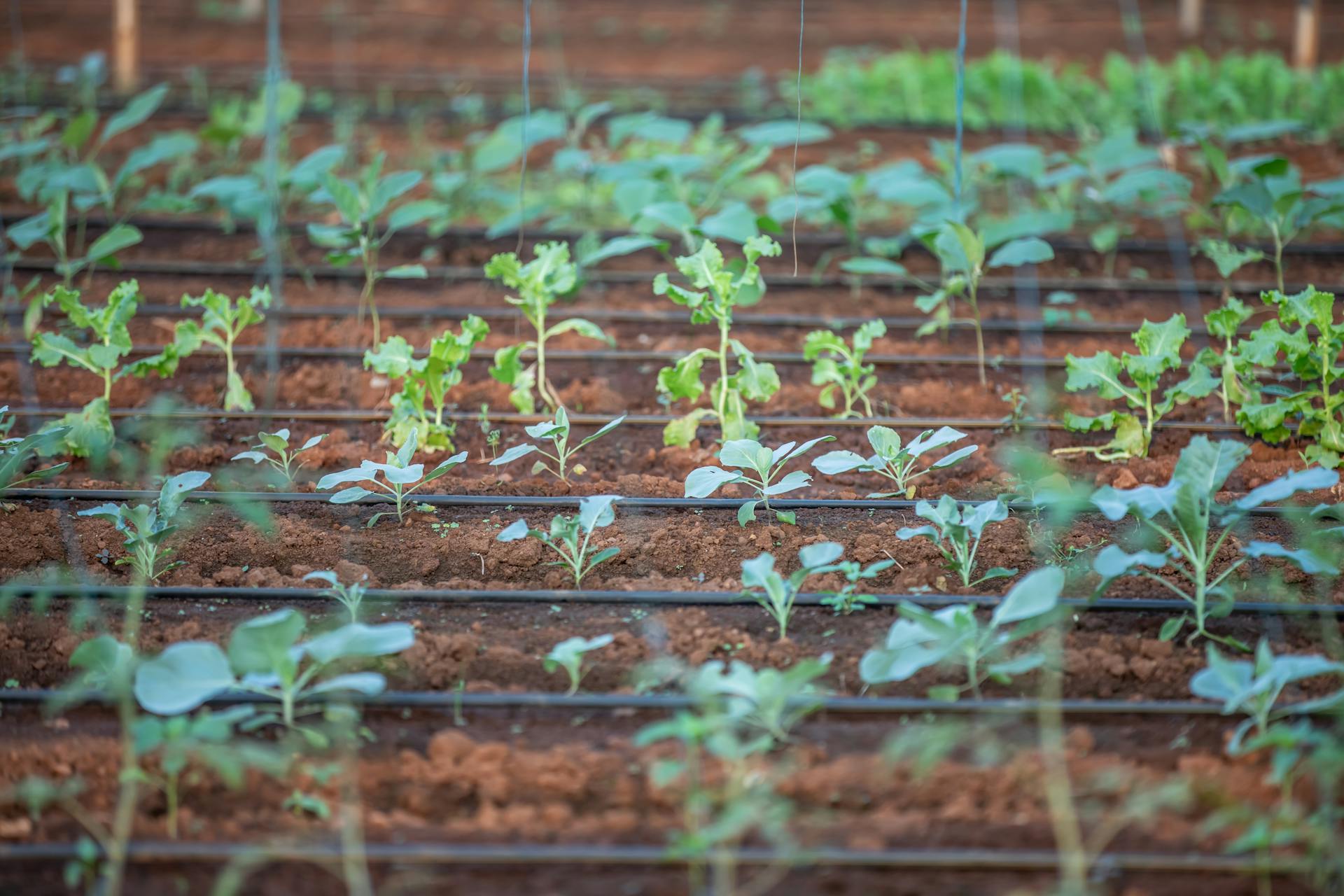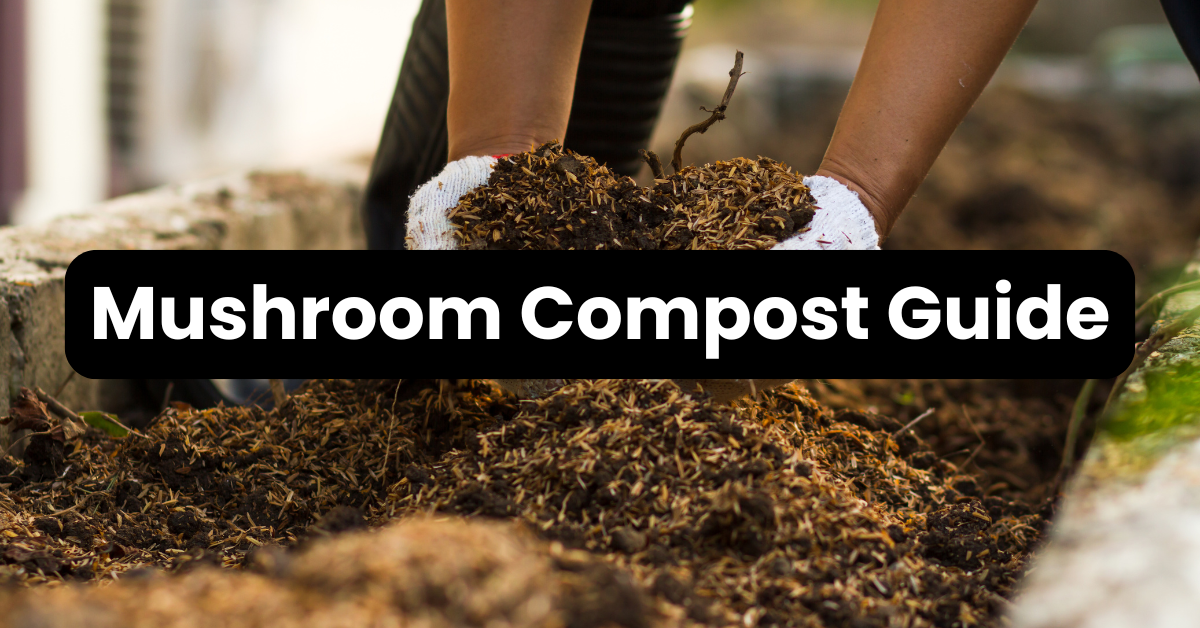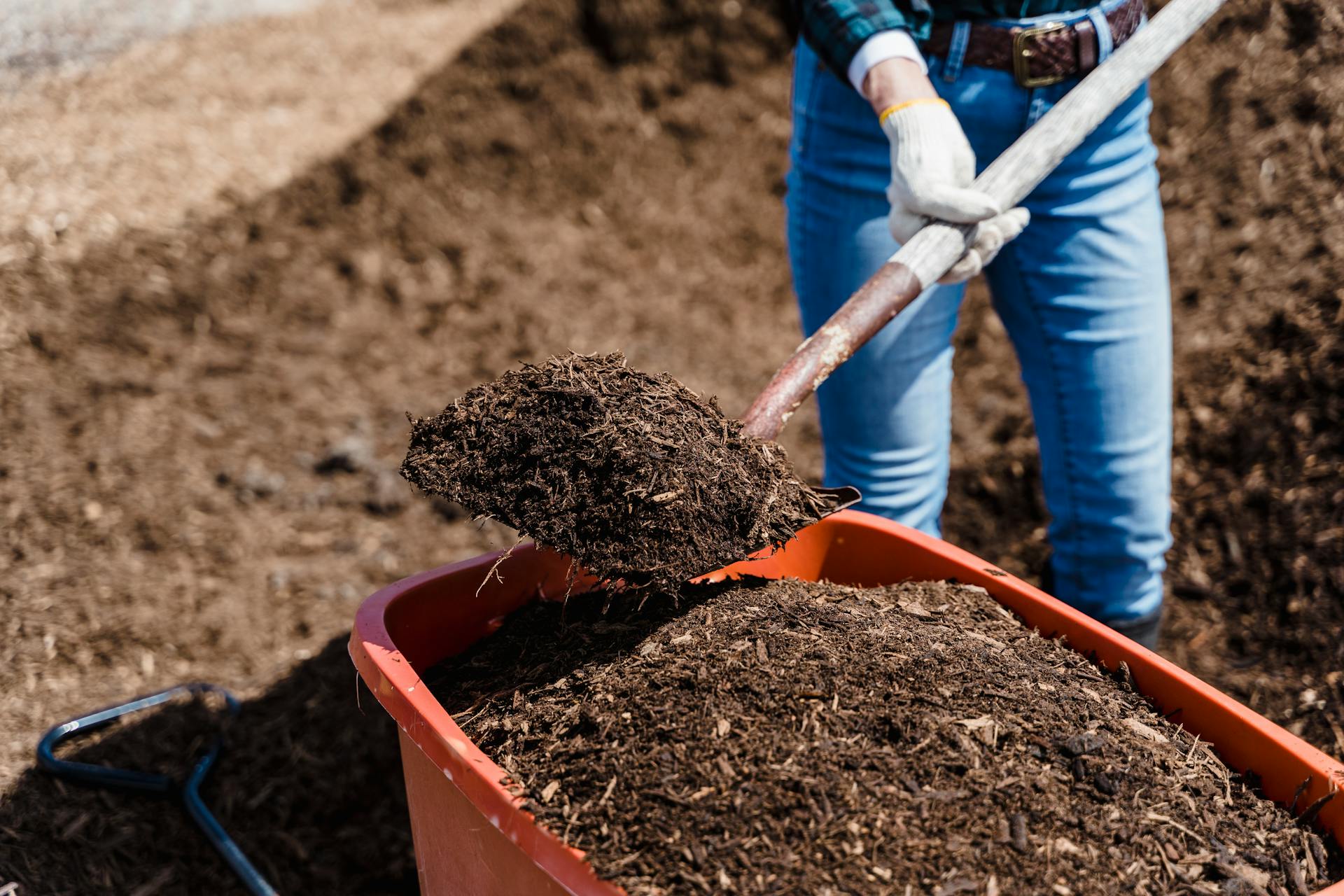To DIY or not to DIY – that is the question that many new gardeners ask when planning their raised bed garden. Should you build your own beds, or buy one you can just put together? The truth is that both options are really simple. It’s all a matter of personal preference and budget.
But today, I’m going to show how to build your own DIY raised garden bed with just a few supplies. First, let’s talk about materials because they’re more important than you think.
Choosing the Right Materials for Your Bed
Before you start looking at plans or ideas, consider the materials you want to use to build your bed. The right materials will ensure that your bed lasts for years to come.
Which material should you choose? Let’s look at some of the top choices.
Untreated Wood
Untreated wood can be a great option for building a raised bed, especially if you choose a rot-resistant species.
Modern pressure-treated wood is also an option, but many gardeners are still wary of using this material because the compounds will leach into the soil. However, the upside is that treated wood is inexpensive. Lining the inside of the bed with polyethylene can help prevent the compounds from making their way into your soil.
If you have the budget, rot-resistant untreated wood will be the best option for a long-lasting raised bed.
Cedar
Cedar is a popular wood species that’s used extensively in the construction industry, but it’s also a great choice for DIY raised garden beds.
Why? Because cedar boards are:
- Highly durable. It won’t swell, shrink, decay or warp. In fact, cedar thrives in damp climates.
- Naturally resistant to insects, thanks to its oil. Cedar is less likely to be the target of termites, moths, ants, cockroaches and mosquitos.
Cedar boards are also naturally beautiful, so your raised beds will look stunning in your outdoor space.
Locust
Black locust is an excellent choice for raised beds. Like cedar, it’s highly durable and naturally resistant to decay and insects. The heartwood of the black locust tree contains robinin, a natural preservative.
Raised beds built with locust wood won’t need to be replaced every few years, and because black locust trees grow quickly, the harvesting of the wood is more sustainable than other options.
Redwood
Similar to locust and cedar, redwood is a hardy wood that’s naturally resistant to insects and decay. It’s a naturally beautiful wood that won’t crack or warp when exposed to harsh outdoor conditions.
Redwood has one big advantage over cedar: it will last longer. But its gorgeous rich color also makes it a great choice for building a beautiful garden.
Cinder Blocks
Cinder blocks are a great choice if you’re looking for a simple and inexpensive material to build your beds. They may not be the most aesthetically pleasing, but they are durable, strong and resistant to extreme weather.
Cinder blocks also absorb heat, which makes them a perfect choice for heat-loving plants like lavender and rosemary.
Rocks or Stones
Depending on your location, rocks and stones may be plentiful, and they would make an excellent free edging for your bed. If you have an abundance of stones, you can build a taller raised bed. Otherwise, you can use them to create a beautiful border around your beds.
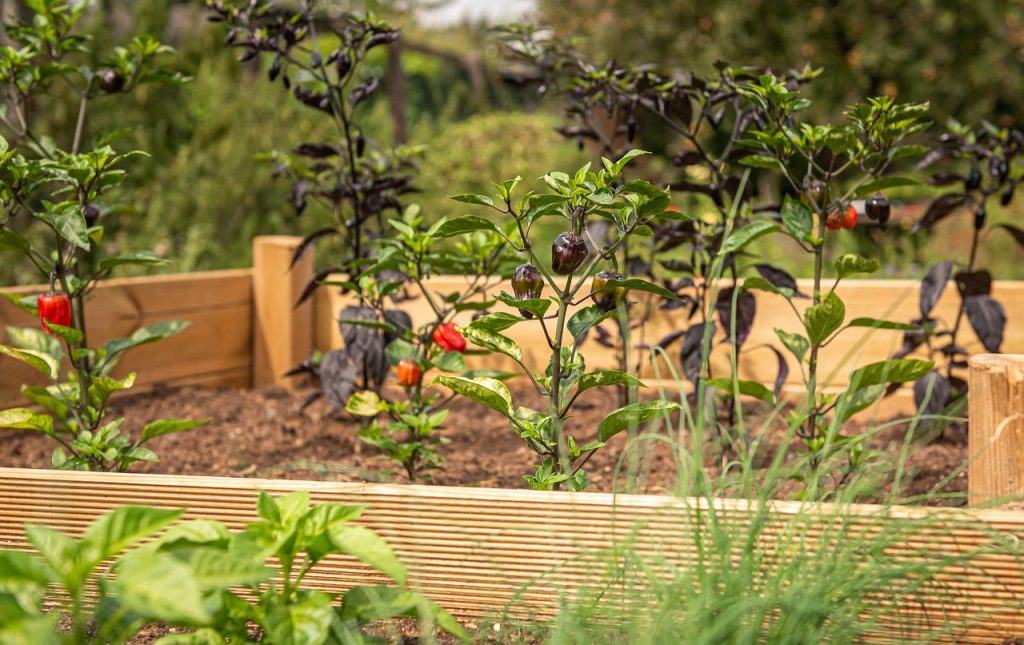
How to Build a DIY Raised Garden Bed
Building a raised garden bed is simpler than you think. Rectangular and square beds are the most common and practical. They’re also the simplest types of garden boxes to build.
But before you start building, you need to make an important decision: how big will your bed be?
Choose Your Size
Raised garden beds should be just the right size, not only for your yard but for working. You don’t want them to be too wide, or it will be uncomfortable and difficult to tend to your garden.
Here are a few things to consider when choosing your size:
- Raised beds should be no wider than four feet. Otherwise, you’ll have to step on your beds. Eventually, stepping on the bed will compact the soil and make it more difficult for oxygen to reach the roots of your plants.
- If you’re building your raised bed against a wall or fence, consider making it just 2-3 feet wide because you won’t be able to access the other side of the bed.
The width of the bed is the only real concern. The length can be whatever you want. Some of the most common sizes are:
- 4×4
- 4×8
- 4×12
I have four 4×8 raised beds in my garden. I love how much space they offer, but they can be difficult to work at times. I’ve had to change the layout and positioning of my garden on a few occasions and having to relocate such long beds can be a challenge.
If you’re like me and change your mind about your garden a lot, then you may want to make a shorter bed. A square 4×4 would be ideal.
Along with length and width, another important thing to consider is the depth of your bed.
Most lumber, whether it’s cedar or pressure-treated lumber, will create a bed that’s 6” tall. The standard size for lumber is 2 inches x 6 inches x 8 feet.
Is 6” deep enough? That depends on what you want to grow.
- If you’re planting flowers, a 6” depth will suffice.
- For vegetable gardens, you’ll want a depth of 12” or more, especially if you want to grow root vegetables (18” is better)
If you’re building a wooden raised bed, you can stack two boards to hit the 12” depth for a vegetable garden. You can go taller if you want, but keep in mind that the weight of the soil will put a lot of pressure along the sides of your bed. If you want to go taller than 12,” you’ll need to add cross-supports.
Choose Your Location
✅ You’ve chosen your materials.
✅ You’ve chosen your size and depth.
Now what?
Decide where you’ll put your beds. They’ll need plenty of sun – at least 6-8 hours, especially in the afternoon.
If you’re not sure how much sun your backyard gets, spend an afternoon outside to get an idea of where your beds will get the most sun. Another option is to use an app like Sun Seeker (available on Apple and Android)
But sunlight isn’t the only thing you need to consider when choosing a location for your beds. You’ll also want to make sure that your beds are in a spot that’s:
- Level
- Close to your home for easy access
- Well-draining (wet or marshy areas will be problematic)
I recommend spending an afternoon measuring and marking the placement of your beds. Imagine what it will be like to harvest, weed and tend to your garden.
- Will it be a pain?
- Is there enough space to get between your beds comfortably?
You want your garden space to be somewhere you enjoy being, so take your time and plan out your placement carefully.
Once you’ve found the perfect location, prepare the site by:
- Digging up any grass in the area.
- Removing plant debris, old roots and rocks.
- Loosening up the soil.
I also recommend covering the area with cardboard to ensure the grass dies underneath the bed.
Building Your Raised Beds
Finally, it’s time to start building your beds. And guess what? Building your beds will be easier than all of the other steps we’ve gone through.
I’m going to explain how to build a really simple rectangular 4×4 wooden raised bed. You’ll need only a few supplies and tools:
- Drill and drill bit
- 2 x 2×6 lumber (or 2×8 or 2×10 if they have it)
- Exterior screws
- 4 pieces of 2×4 or 4×4 to reinforce the corners of the bed
If you have the tools at home, you can cut your pieces of lumber in half. If not, you can ask them to cut your lumber for you at the home improvement store.
Let’s start building!
1. First, drill two pilot holes on each end of each plank. Use a drill bit that’s just a little bit thinner than your screws.
Each end of the plank will overlap the next plank, so create your pilot holes accordingly.
2. Start screwing the walls of your bed together, ensuring that each wall is secured to the next.
3. Secure your final wall and get ready to fill your bed.
Fill Your Raised Beds and Start Growing
You did it! You built your first raised bed, and you’re finally ready to start growing. But before you can start planting, you’ll need to fill up your bed with soil.
Not sure where to start? Check out these soil building guides:
